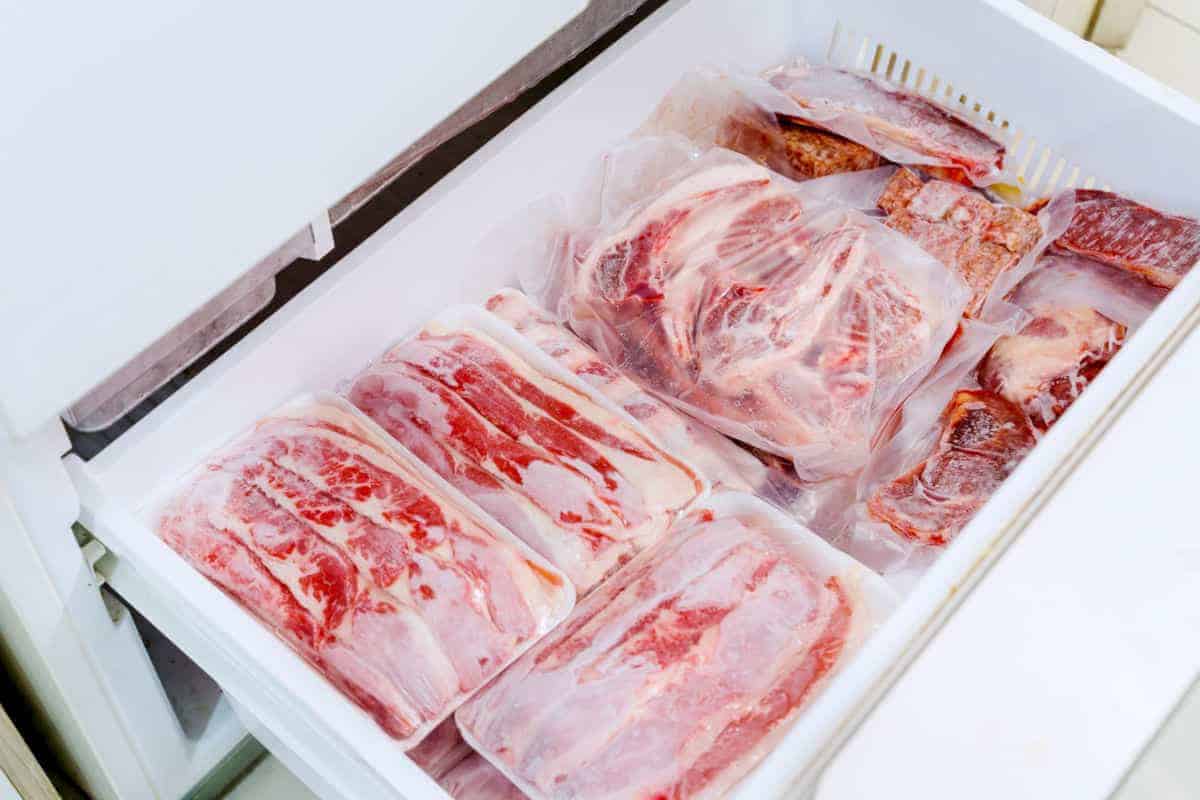

Articles
How To Store Raw Meat In Freezer
Modified: August 30, 2024
Learn the proper way to store raw meat in the freezer to ensure freshness and prevent contamination. Read our informative articles for expert tips and advice.
(Many of the links in this article redirect to a specific reviewed product. Your purchase of these products through affiliate links helps to generate commission for Storables.com, at no extra cost. Learn more)
Introduction
Storing raw meat in the freezer is essential for preserving its freshness and ensuring food safety. Whether you have purchased meat in bulk, prepared large portions for future use, or simply have leftovers that you want to save, proper storage is crucial. By following the right techniques and guidelines, you can keep your raw meat safe to consume while also maintaining its quality.
In this article, we will provide you with valuable tips on storing raw meat in the freezer. We will discuss the importance of choosing the right containers, preparing the meat for storage, labeling and dating, organizing the freezer, best practices for storage, and how to safely thaw and use frozen raw meat. So, let’s dive in and learn how to ensure the longevity and safety of your frozen raw meats.
Key Takeaways:
- Properly storing raw meat in the freezer involves choosing the right containers, preparing the meat, labeling and organizing the freezer. Following these steps ensures freshness and minimizes food waste.
- Thawing and using frozen raw meat safely is crucial for maintaining texture and ensuring safe consumption. By following proper thawing methods and cooking temperatures, you can enjoy delicious and safe meals.
Read more: How To Store Raw Beef
Choosing the right containers for raw meat storage
When it comes to storing raw meat in the freezer, selecting the right containers is crucial to maintain its texture, flavor, and prevent cross-contamination. Here are some options to consider:
- Plastic freezer bags: These are a popular choice due to their flexibility and ability to conform to the shape of the meat, allowing for efficient use of freezer space. Opt for high-quality, thick bags that are specifically designed for freezer storage. Make sure to remove any excess air from the bag before sealing to prevent freezer burn.
- Airtight containers: Choose containers made of glass or BPA-free plastic that have a tight seal. These containers provide added protection against freezer burn and prevent odors from permeating the meat.
- Foil or freezer paper: Wrap the meat tightly in a double layer of heavy-duty aluminum foil or freezer paper to protect it from freezer burn. This option is ideal for individual cuts of meat or small portions.
It’s important to note that whichever container you choose, make sure it is freezer-safe and can withstand the low temperatures of the freezer without cracking or breaking. Additionally, always wash and sanitize containers before each use to minimize the risk of bacterial contamination.
Remember to consider the size of the container in relation to the amount of meat you are storing. It’s best to divide large cuts of meat into smaller portions that you are likely to use in one meal. This allows for quicker and more even thawing when it’s time to cook.
By choosing the right containers for raw meat storage, you can ensure that your meat stays fresh and safe until you’re ready to use it.
Preparing the raw meat for freezer storage
Properly preparing raw meat before storing it in the freezer is essential to maintain its quality and prevent the growth of bacteria. Follow these steps to ensure that your meat stays safe and delicious:
- Trim excess fat: Before storing the meat, trim away any excess fat. Excess fat can lead to rancidity and affect the quality of the meat over time.
- Slice or portion: If you have purchased large cuts of meat, consider slicing or portioning them before freezing. This will make it easier to thaw only the amount you need without having to defrost the whole piece.
- Wrap tightly: Whether you’re using plastic freezer bags, airtight containers, or foil, make sure to wrap the raw meat tightly to prevent air exposure. Air can cause freezer burn, which negatively impacts the texture and taste of the meat.
- Remove as much air as possible: If using plastic freezer bags, squeeze out as much air as possible before sealing. This will help prevent freezer burn and keep the meat fresher for longer.
- Date and label: Write the date of freezing and the type of meat on the container or bag. This will help you keep track of the storage time and easily identify the meat when it’s time to use it.
It’s important to note that raw meat should be stored separately from other foods, especially ready-to-eat items, to prevent cross-contamination. This can be achieved by placing the meat in a separate compartment or using individual freezer containers.
By taking the time to properly prepare your raw meat before freezing, you can ensure that it retains its flavor, texture, and nutritional value for an extended period.
Properly labeling and dating the raw meat
Labeling and dating your raw meat before storing it in the freezer is crucial for organization and food safety. By following these guidelines, you can easily identify the contents of your freezer and ensure that you use the oldest meat first:
- Date of freezing: Write down the date when the raw meat is stored in the freezer. This will help you keep track of its storage time and ensure you use it within the recommended timeframe for optimal freshness and safety.
- Type of meat: Clearly label the type of meat on the container or bag. This will prevent confusion and help you quickly identify the desired meat when you’re ready to cook.
- Additional details: If desired, you can include any additional information, such as the cut of meat or marinade used. This can be helpful for meal planning or when thawing specific cuts for different recipes.
Using a permanent marker or freezer-safe labels, write legibly on the container or bag. Make sure the label is visible and won’t smudge or fade over time.
It’s also a good practice to establish a system for organizing your freezer. This can include dedicating specific shelves or sections for different types of meat or arranging them in a chronological order based on their freezing dates. By following a clear organizational system, you can easily locate and use the meat without wasting time or risking spoilage.
Remember, proper labeling and dating help ensure that you consume your raw meat within the recommended time frame, minimizing the risk of foodborne illness and maximizing its quality.
Organizing the freezer for raw meat storage
Organizing your freezer is essential to maximize space, maintain food quality, and ensure easy access to your raw meat. By following these tips, you can optimize the storage of your raw meat:
- Dedicate a section: Designate a specific area of the freezer exclusively for raw meat. This helps prevent cross-contamination with other food items and allows for easier organization.
- Use freezer-safe baskets or bins: Utilize freezer-safe baskets or bins to group similar types of meats together. This can include separating poultry, beef, pork, and seafood. This not only makes it easier to find specific types of meat but also helps maintain their individual flavors and prevents cross-contamination.
- Stack meats properly: When stacking different cuts of meat, ensure that they are flat and evenly distributed. This allows for more efficient use of space and prevents any crushing or damage to the meat.
- Utilize freezer shelves or drawers: If your freezer has shelves or drawers, take advantage of them to separate different types of meat. Use labels or dividers to create clear distinctions between the sections.
- Arrange by date: Arrange the meat in chronological order based on the freezing date. This way, you can easily access the oldest meat first and avoid potential spoilage.
By organizing your freezer in a systematic way, you can maximize space, maintain the quality of your raw meat, and easily locate the specific cuts you need when it’s time to cook.
When storing raw meat in the freezer, make sure to wrap it tightly in plastic wrap or aluminum foil to prevent freezer burn. Label the package with the date to keep track of its freshness.
Read more: How To Store Raw Chicken
Best practices for storing raw meat in the freezer
Storing raw meat in the freezer requires following some best practices to ensure food safety and maintain the quality of the meat. Here are some important tips to keep in mind:
- Keep the freezer temperature consistent: Set your freezer temperature to 0°F (-18°C) or below. This helps preserve the quality of the meat and prevents the growth of bacteria.
- Wrap properly: Use appropriate wrapping materials such as plastic freezer bags, airtight containers, or foil to ensure the meat is well-sealed. This prevents air exposure and reduces the risk of freezer burn.
- Store in small portions: Divide large cuts of meat into smaller portions that you are likely to use in one meal. This allows for quicker and more even thawing when you need to cook the meat.
- Don’t overload the freezer: Avoid overloading the freezer as it can hinder proper airflow and affect the overall temperature. Leave enough space between items for cold air to circulate.
- Practice FIFO: FIFO stands for “First In, First Out.” When organizing your freezer, be mindful of using the oldest meat first. This helps prevent food waste and ensures that you consume the meat within the recommended storage time.
- Avoid refreezing thawed meat: Once you thaw raw meat, it’s best to cook it immediately. Refreezing can affect the texture and quality of the meat.
- Regularly clean your freezer: Periodically clean your freezer to remove any spills or ice buildup. This helps maintain a hygienic environment for storing food.
Remember to always follow good hygiene practices when handling raw meat. Wash your hands thoroughly before and after handling meat, use separate cutting boards and utensils for raw and cooked foods, and clean all surfaces properly to avoid cross-contamination.
By following these best practices, you can ensure that your raw meat stays safe, retains its quality, and is ready to be used whenever you need it.
Thawing and using frozen raw meat safely
Thawing frozen raw meat properly is essential to maintain its texture and ensure safe consumption. Here are some guidelines to follow when thawing and using frozen raw meat:
- Thaw in the refrigerator: The safest method of thawing raw meat is in the refrigerator. Place the frozen meat on a plate or in a shallow dish to catch any potential drips and allow it to thaw slowly in the refrigerator. This method may take some time, so plan ahead and allow sufficient thawing time.
- Cold-water thawing: If you need to thaw meat quickly, you can use the cold-water thawing method. Ensure that the meat is in a leak-proof bag and submerge it in cold water. Change the water every 30 minutes to maintain a cold temperature. However, remember that this method is only appropriate for small cuts of meat and should be cooked immediately after thawing.
- Microwave thawing: The microwave can be used for defrosting small portions of meat. Follow the manufacturer’s instructions and use the defrost setting to thaw the meat. Be cautious as microwaving unevenly or using incorrect settings can partially cook the meat, leading to uneven texture.
- Cook without thawing: In some cases, you can cook frozen meat without thawing. Adjust your cooking time accordingly to ensure that the meat reaches the appropriate internal temperature for safety.
- Use thawed meat promptly: Once the meat is thawed, it should be cooked promptly. Avoid re-freezing thawed meat as it can affect the quality and lead to food safety concerns.
- Follow recommended cooking temperatures: When cooking raw meat, it’s essential to ensure that it reaches the appropriate internal temperature to kill any potential bacteria. Use a food thermometer to confirm that the meat has reached the recommended safe temperature.
Always practice good hygiene during the thawing and cooking process. Wash your hands, utensils, and kitchen surfaces thoroughly before and after handling raw meat to prevent cross-contamination.
By following these guidelines, you can safely thaw and use frozen raw meat, ensuring that it is cooked thoroughly and ready for a delicious meal.
Frequently Asked Questions about storing raw meat in the freezer
Here are some common questions and answers regarding the storage of raw meat in the freezer:
Q: How long can I store raw meat in the freezer?
A: The storage time for raw meat varies depending on the type of meat and the freezer temperature. In general, raw beef, pork, lamb, and veal can be stored in the freezer for 6 to 12 months. Raw poultry can be stored for 9 to 12 months, while ground meats have a shorter storage time of 3 to 4 months. It’s important to label and date your meat and use the “First In, First Out” principle to ensure you use the oldest meat first.
Q: Can I freeze meat that is close to its expiration date?
A: Freezing raw meat is a great way to extend its shelf life, but it’s best to freeze meat before the expiration date. Freezing will not reverse the spoilage process, so ensure you freeze the meat when it is still fresh.
Q: How can I prevent freezer burn on my raw meat?
A: Freezer burn occurs when moisture is lost from the surface of the meat, leading to dry, discolored patches. To prevent freezer burn, make sure to use appropriate freezer-safe containers or bags that provide a tight seal. Remove as much air as possible from the packaging before freezing. Wrapping the meat in aluminum foil or freezer paper can also help protect it from freezer burn.
Q: Can I freeze raw meat that has been previously cooked?
A: It is generally safe to freeze cooked meat. However, the texture and taste of the meat may change upon thawing and reheating. It’s best to cool the cooked meat thoroughly before freezing and package it in airtight containers or freezer bags.
Q: Should I thaw frozen meat on the countertop?
A: No, thawing meat on the countertop is not recommended as it allows the meat to sit at room temperature for an extended period, increasing the risk of bacterial growth. The safest way to thaw meat is in the refrigerator or using other safe methods like cold-water thawing or microwave thawing.
Remember to always follow safe food handling practices and use your best judgment when it comes to the quality and safety of frozen raw meat.
Conclusion
Properly storing raw meat in the freezer is essential for maintaining its quality and ensuring food safety. By following the guidelines outlined in this article, you can store your raw meat with confidence, knowing that it will remain fresh and safe for future use.
Choosing the right containers, preparing the meat properly, labeling and dating, and organizing your freezer are all key steps in the process. By selecting freezer-safe bags or containers, trimming excess fat, and wrapping the meat tightly, you can prevent freezer burn and maintain the flavor and texture of the meat.
Labeling and dating your raw meat helps with organization and allows you to use the oldest meat first, reducing the risk of spoilage and food waste. By organizing your freezer and practicing FIFO, you can easily locate the desired meat and maximize the space in your freezer.
When it comes time to thaw and use frozen raw meat, it’s important to follow safe methods such as refrigeration thawing or cold-water thawing. By using a food thermometer and cooking the meat to the proper internal temperature, you can ensure the meat is safe to consume.
Remember to always practice good hygiene, wash your hands, utensils, and surfaces, and prevent cross-contamination when handling raw meat. And finally, follow your best judgment when determining the quality and safety of frozen raw meat.
By following these tips and techniques, you can confidently store your raw meat in the freezer, ensuring its longevity, safety, and deliciousness for future meals.
Frequently Asked Questions about How To Store Raw Meat In Freezer
Was this page helpful?
At Storables.com, we guarantee accurate and reliable information. Our content, validated by Expert Board Contributors, is crafted following stringent Editorial Policies. We're committed to providing you with well-researched, expert-backed insights for all your informational needs.
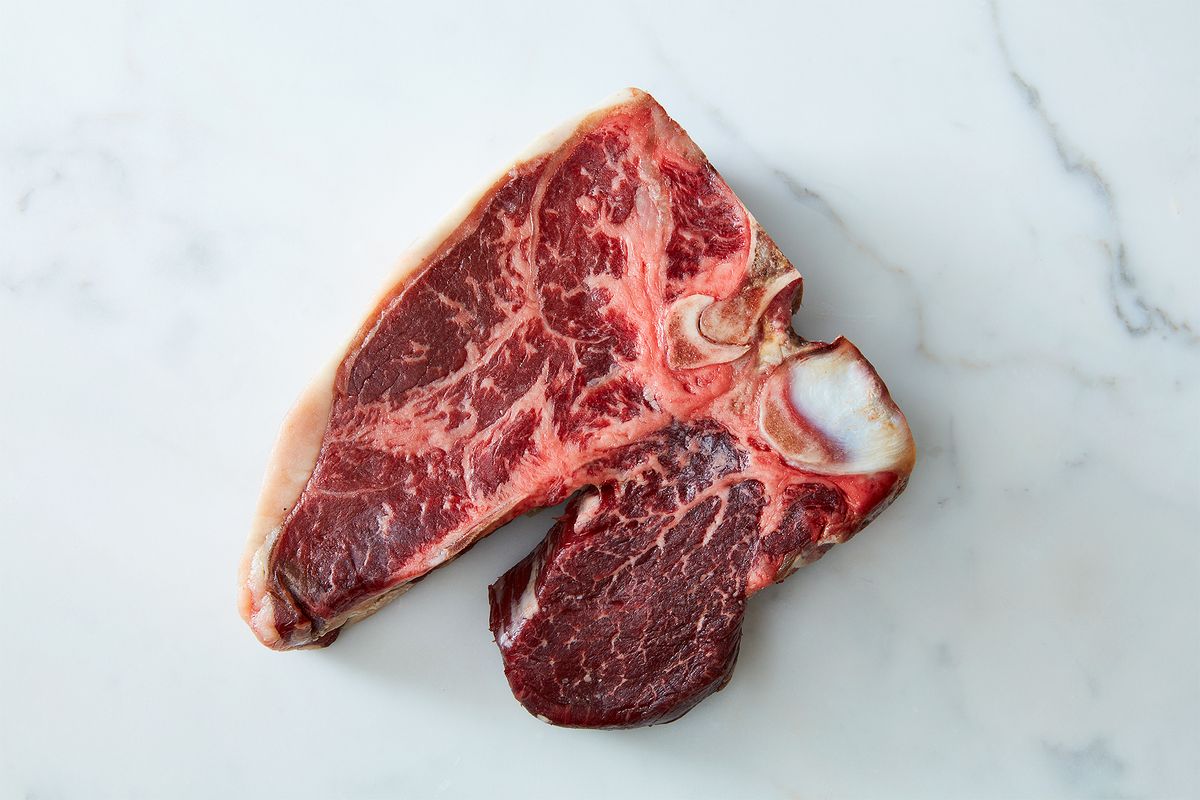
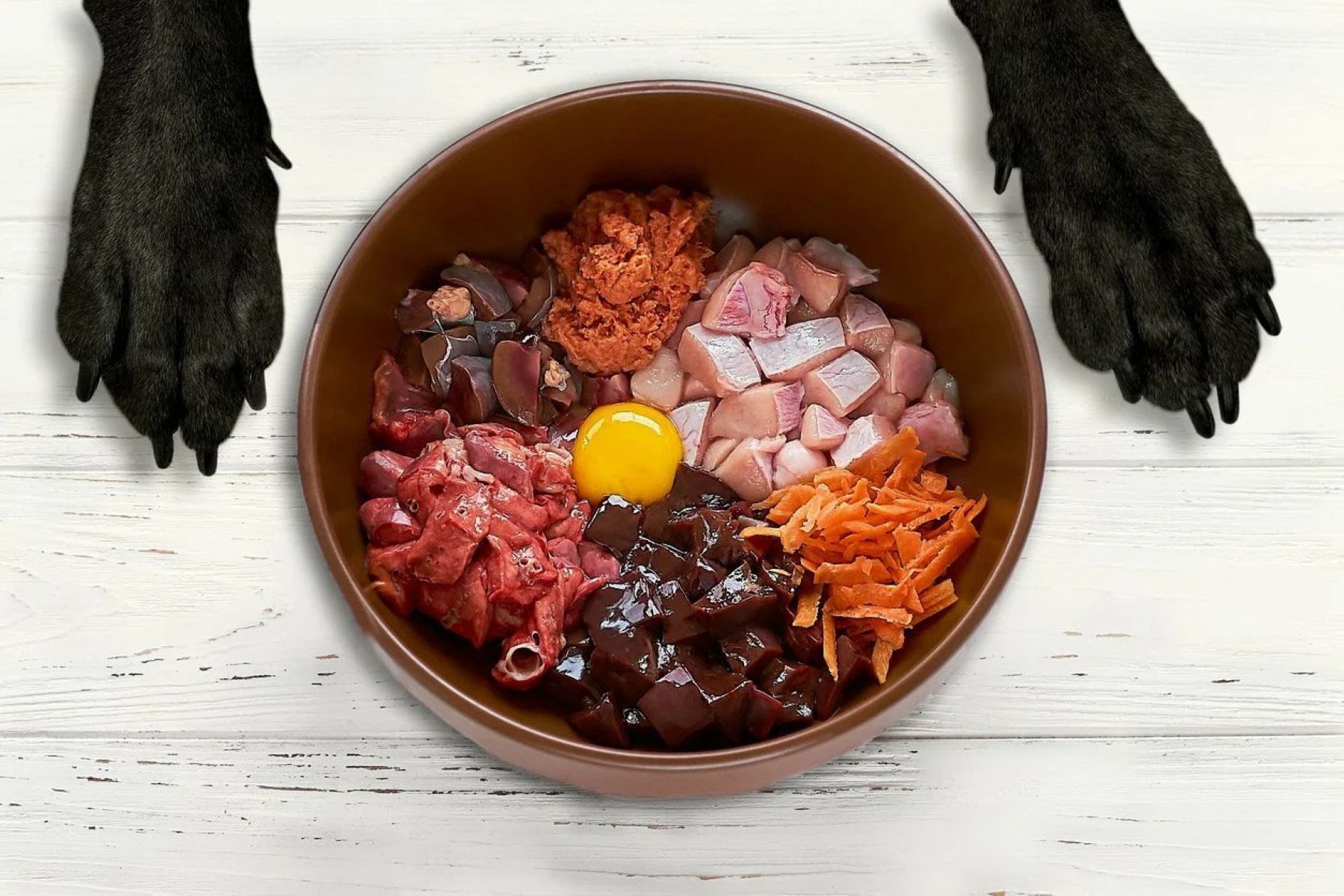
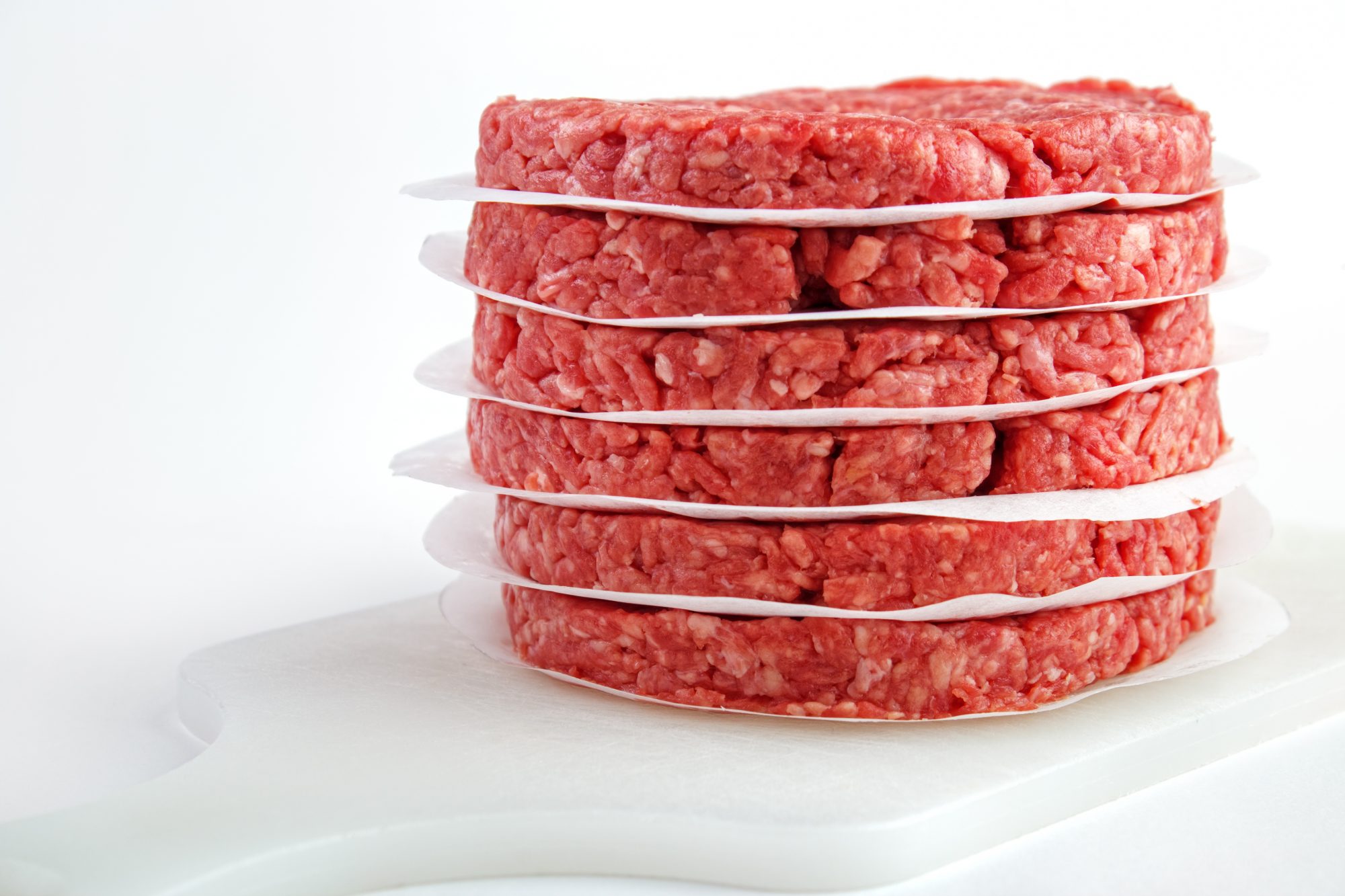

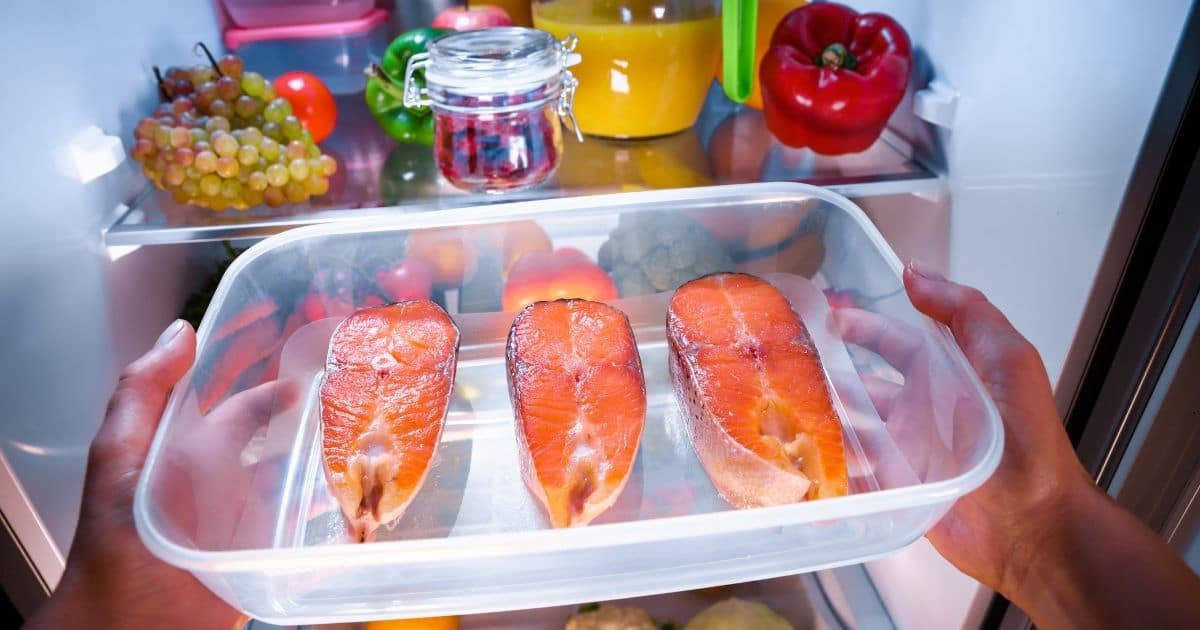
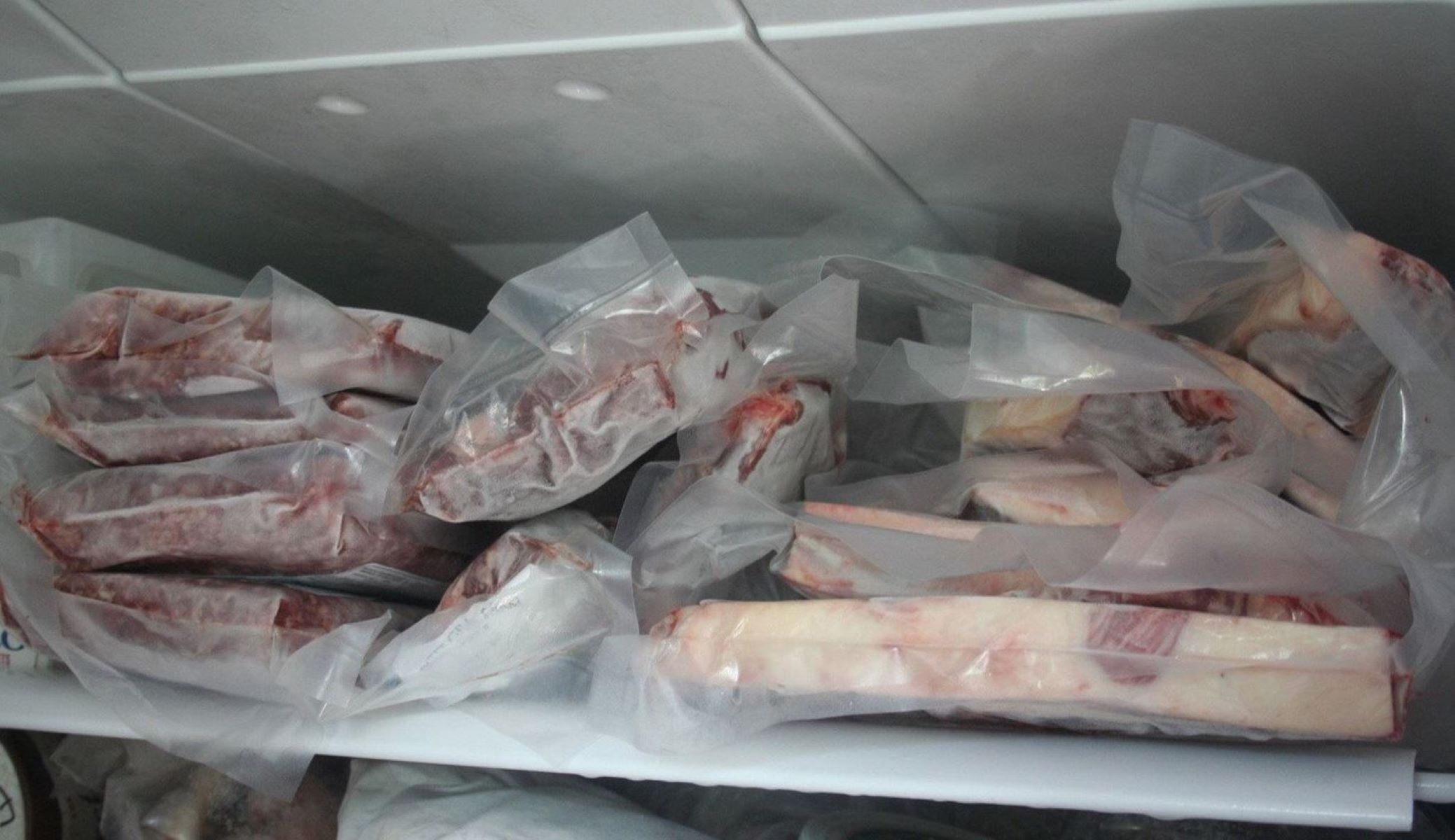
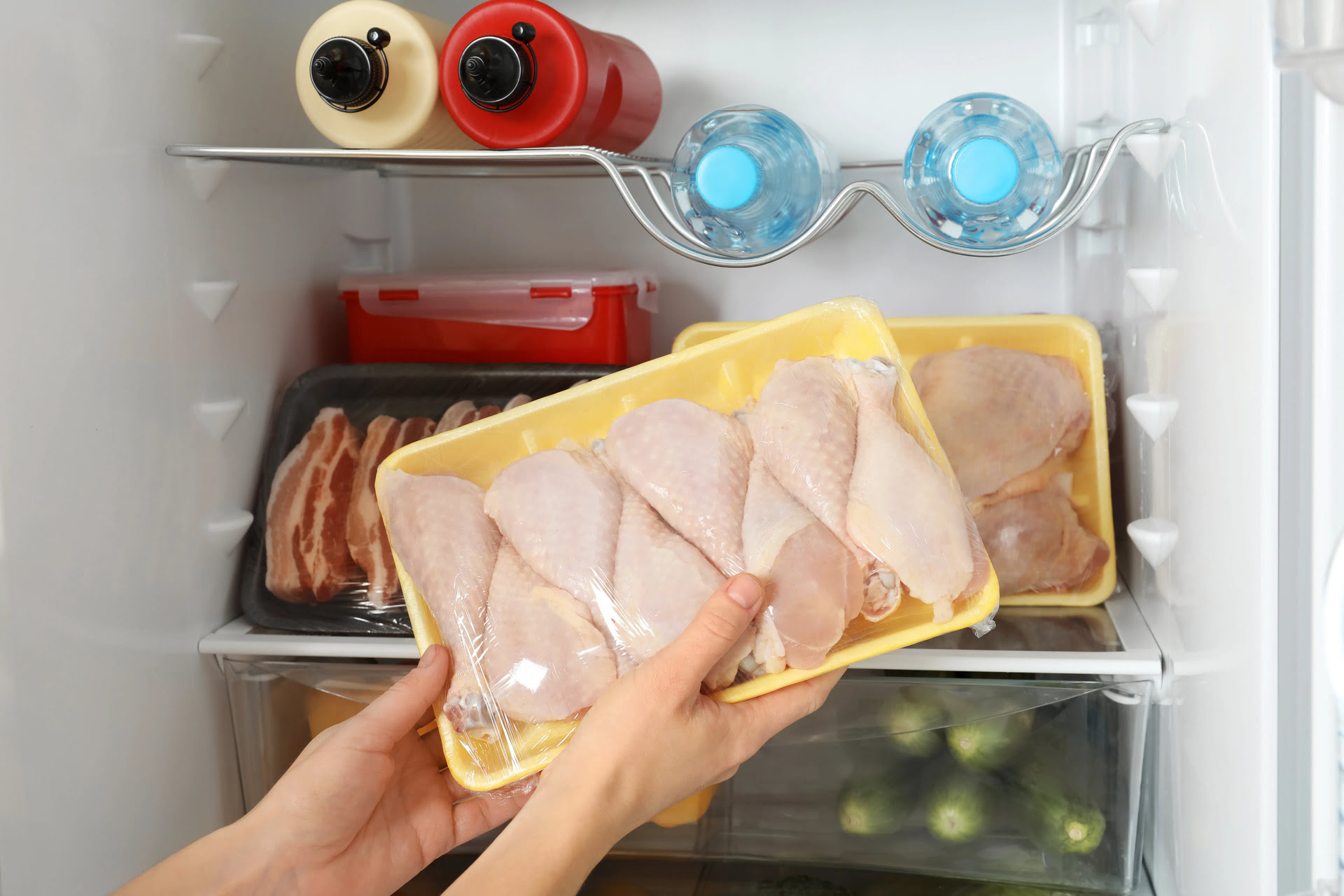
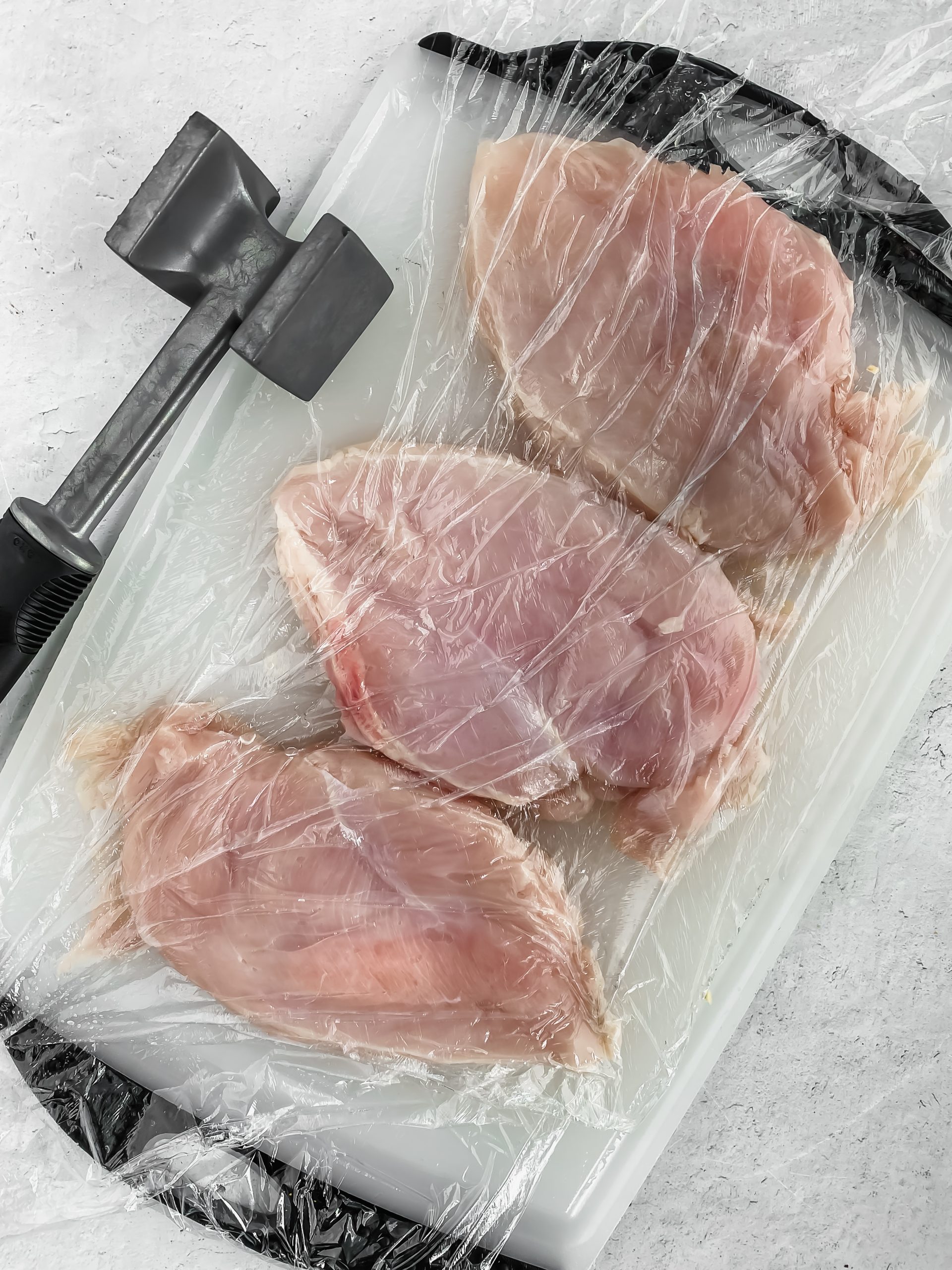

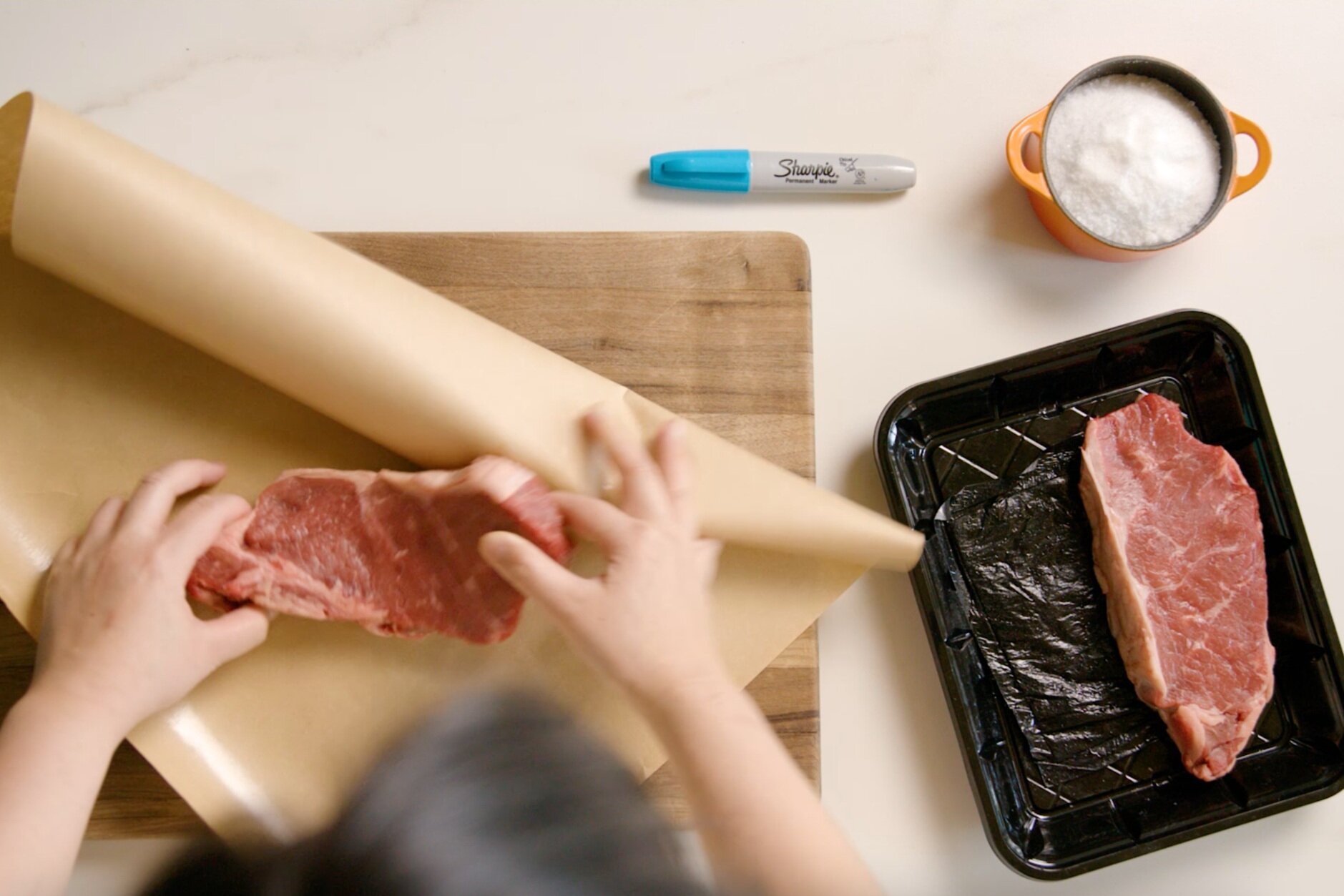
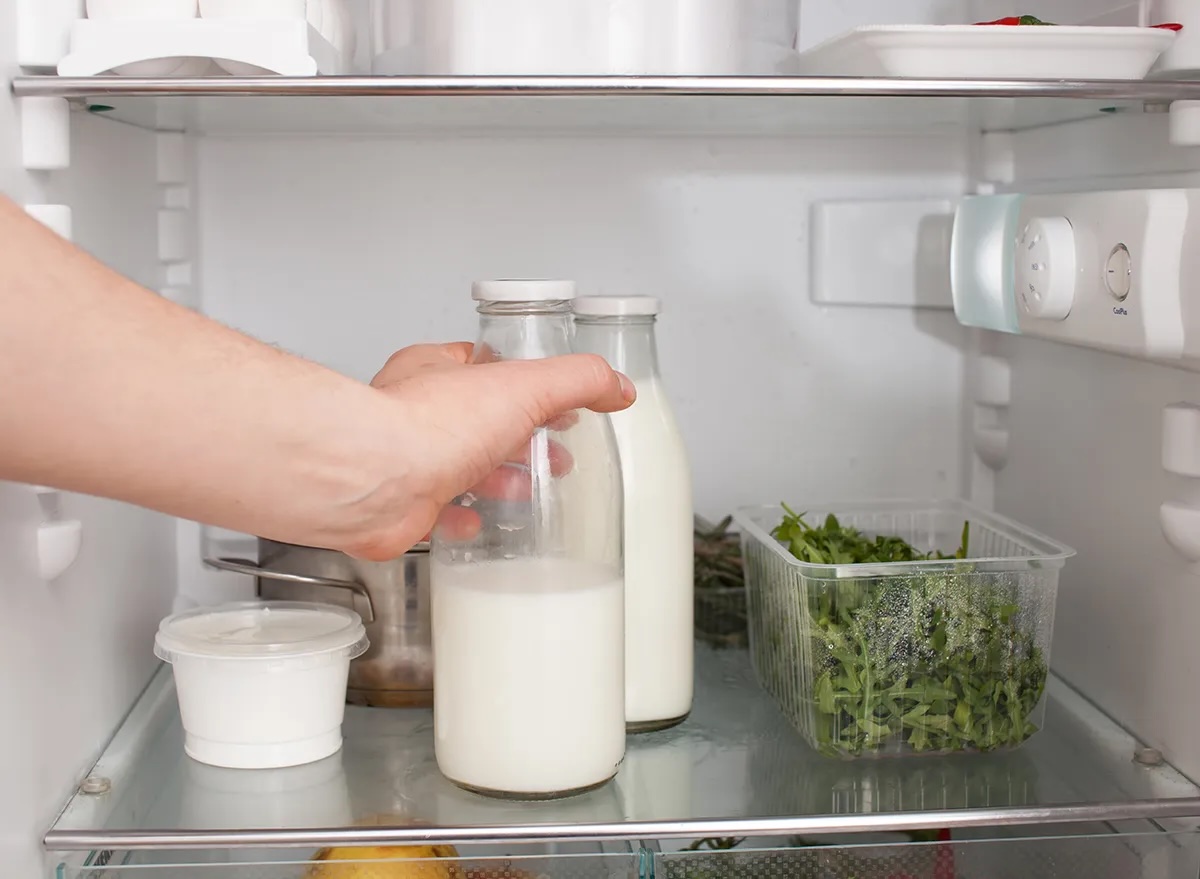
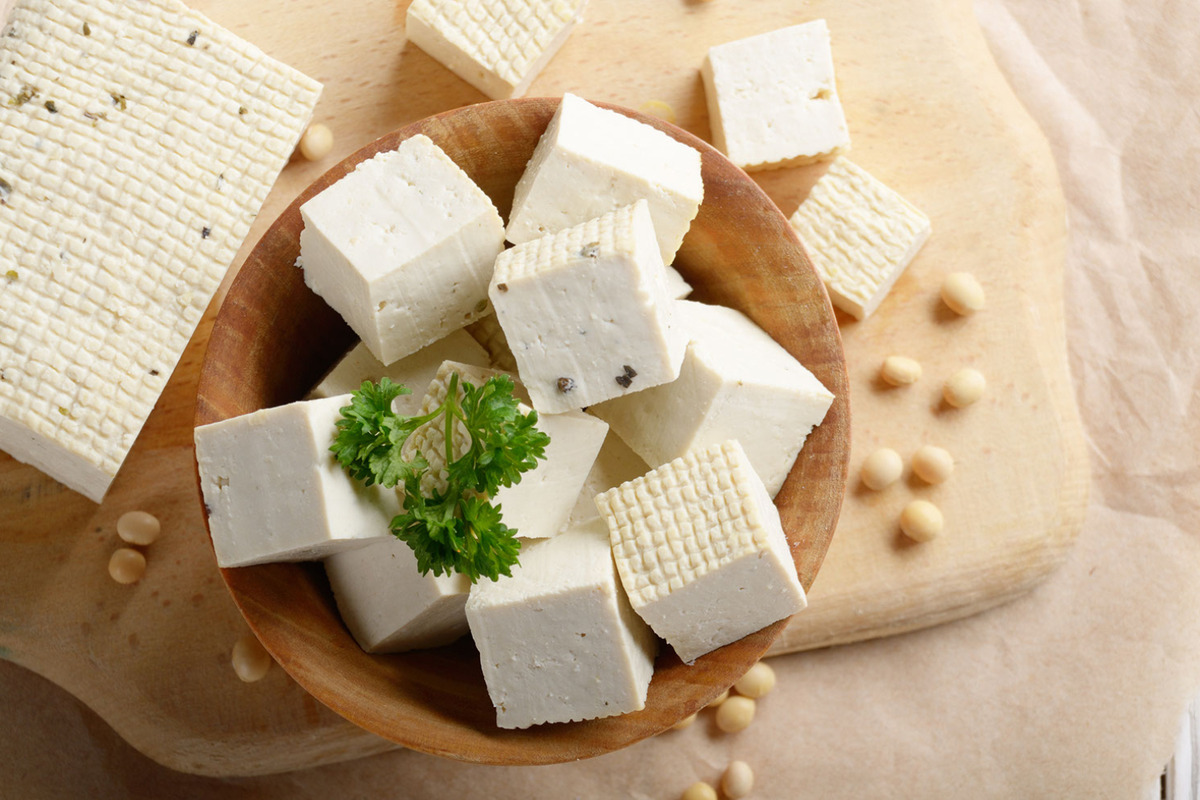

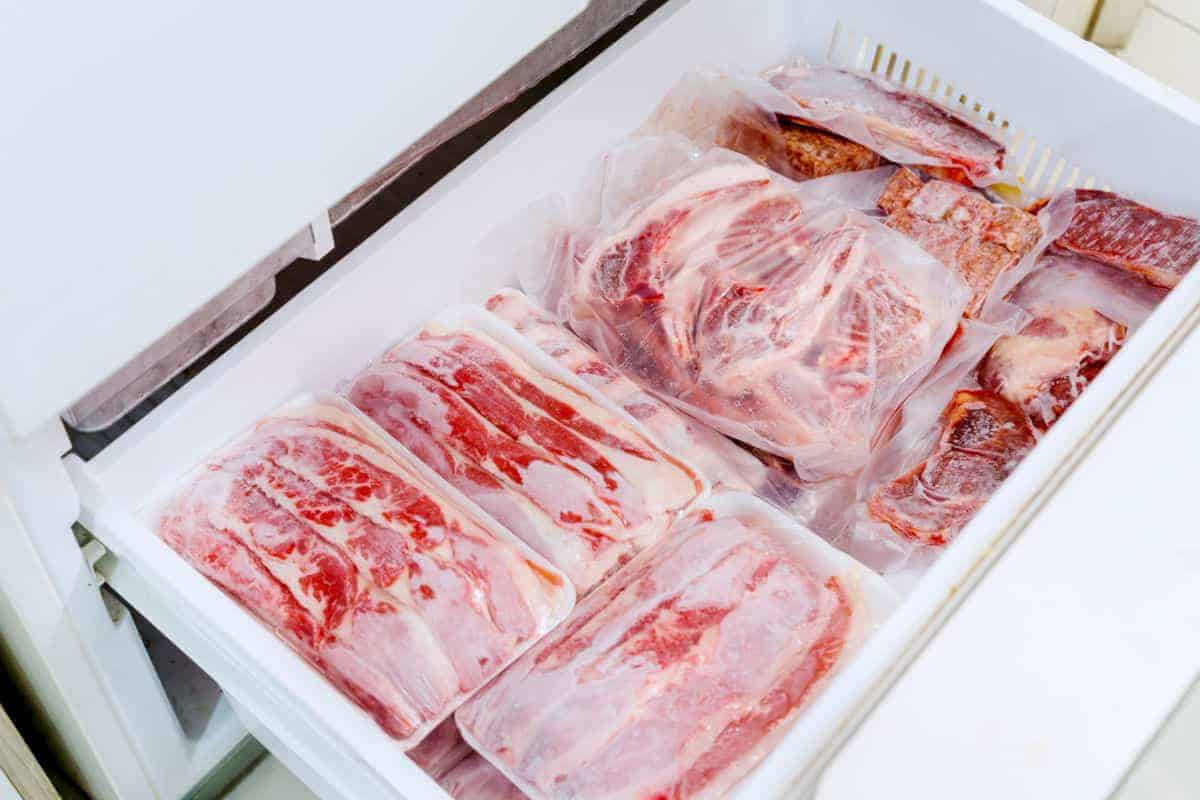

0 thoughts on “How To Store Raw Meat In Freezer”